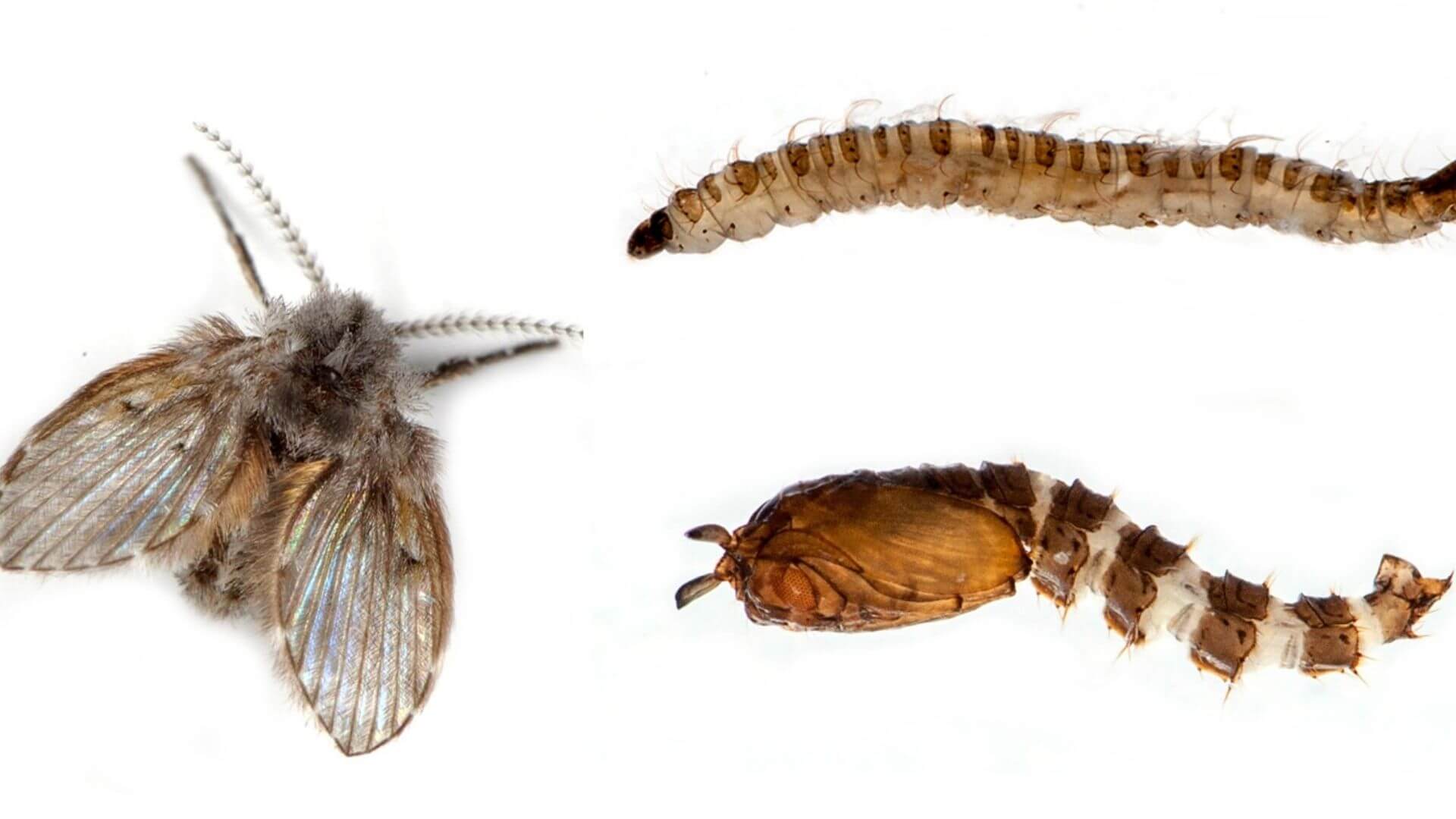Identifying the Culprit: Small Black Flies On Bathroom Ceiling

Small black flies in your bathroom can be a nuisance and potentially a health concern. Identifying the specific type of fly is crucial to determine the source of the infestation and take appropriate measures to control it. Here’s a closer look at some common culprits:
Common Types of Small Black Flies
The presence of small black flies in your bathroom can be attributed to several different species, each with its own unique characteristics and breeding habits. Here are some of the most prevalent types:
- Drain Flies: These tiny flies, often called “moth flies,” are known for their characteristic “fuzzy” appearance and their tendency to congregate around drains. They are typically 1/8 to 1/4 inch long, with dark gray or black bodies and long, thin legs. Their wings are held in a “V” shape when at rest, and they are often attracted to damp environments.
- Fruit Flies: These small, reddish-brown flies are commonly found in kitchens, but they can also be present in bathrooms, especially if there is a source of decaying fruit or other organic matter. They are typically 1/8 inch long, with bright red eyes and wings that are slightly larger than their bodies.
- Phorid Flies: Also known as “scuttle flies,” these flies are small, black, and have a distinctive “humpbacked” appearance. They are typically 1/16 to 1/8 inch long, with short, stout legs and wings that are held flat against their bodies. They are often found in areas with decaying organic matter, such as garbage bins or compost piles.
Life Cycle and Breeding Habits
Understanding the life cycle of these flies is crucial for effective control. Here’s a breakdown:
- Eggs: Most small black flies lay their eggs in moist, organic matter. Drain flies, for instance, lay their eggs in the slime that accumulates in drains, while fruit flies prefer decaying fruit or other organic waste.
- Larvae: The eggs hatch into larvae, which feed on the organic matter surrounding them. This stage can last for a few days to several weeks, depending on the species and environmental conditions.
- Pupae: The larvae then transform into pupae, which are usually immobile and resemble small, brown capsules. This stage can last for a few days to several weeks, depending on the species and environmental conditions.
- Adults: Once the pupal stage is complete, adult flies emerge and are ready to reproduce. The lifespan of adult flies is typically a few days to a few weeks, depending on the species.
Potential Health Risks
While most small black flies are not known to transmit diseases, some can be vectors for bacteria or other pathogens. Here are some potential health risks associated with certain species:
- Drain Flies: While not known to carry diseases, they can be a nuisance and may trigger allergic reactions in some individuals. Their presence can also indicate poor sanitation and hygiene practices.
- Fruit Flies: These flies are not typically associated with disease transmission, but they can contaminate food and surfaces with bacteria from their feeding habits.
- Phorid Flies: These flies are known to be attracted to decaying organic matter, which can include human waste. While not a primary carrier of disease, they can potentially transmit bacteria or other pathogens if they come into contact with food or surfaces.
Understanding the Problem

Small black flies, often referred to as drain flies or moth flies, are a common nuisance in bathrooms. These tiny insects are attracted to specific conditions that often prevail in these areas, making them a persistent problem.
Factors Attracting Small Black Flies
Small black flies are drawn to bathrooms due to the presence of moisture, food sources, and waste.
- Moisture: Bathrooms are inherently humid environments due to showering, bathing, and general use. The high moisture levels provide ideal breeding grounds for small black flies, which lay their eggs in damp areas.
- Food Sources: Small black flies are attracted to organic matter, which they feed on. This includes decaying food particles, hair, and other organic debris that may accumulate in bathrooms.
- Waste: Sewage drains and pipes are common breeding grounds for small black flies. These insects are attracted to the waste products that accumulate in these areas, which provide them with food and a suitable environment for reproduction.
Common Entry Points, Small black flies on bathroom ceiling
Small black flies can gain entry into homes through various pathways, including:
- Cracks and Crevices: Small black flies can easily squeeze through tiny gaps and cracks in walls, floors, and around windows and doors. These openings provide access to the interior of the home, allowing the flies to enter bathrooms.
- Ventilation Systems: Ventilation systems, such as exhaust fans and vents, can also serve as entry points for small black flies. These insects can be drawn to the airflow and enter the home through these openings.
- Open Windows and Doors: Open windows and doors can provide easy access for small black flies to enter homes. This is particularly true in areas where the flies are abundant, such as near drains or sewage systems.
Environmental Conditions Favoring Proliferation
The proliferation of small black flies in bathrooms is often influenced by specific environmental conditions.
- Warm Temperatures: Small black flies thrive in warm temperatures, which accelerate their life cycle. Bathrooms, which are often warmer than other areas of the home due to hot water usage, provide a suitable environment for their growth and reproduction.
- Poor Ventilation: Poor ventilation allows moisture to accumulate, creating a favorable breeding ground for small black flies. This can be exacerbated by clogged drains or faulty ventilation systems.
- Lack of Cleaning: Regular cleaning and sanitation are essential to prevent the accumulation of organic matter that attracts small black flies. Neglecting bathroom cleaning can lead to an increase in their population.
